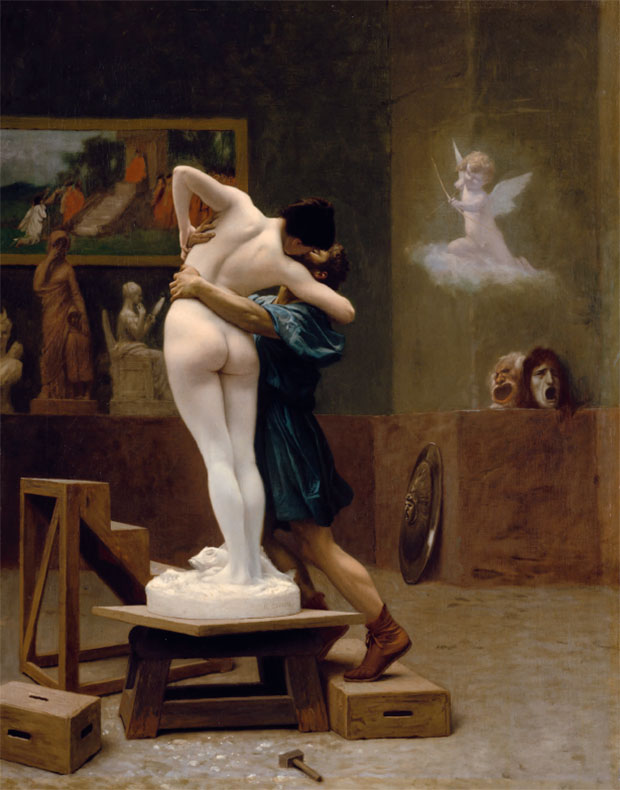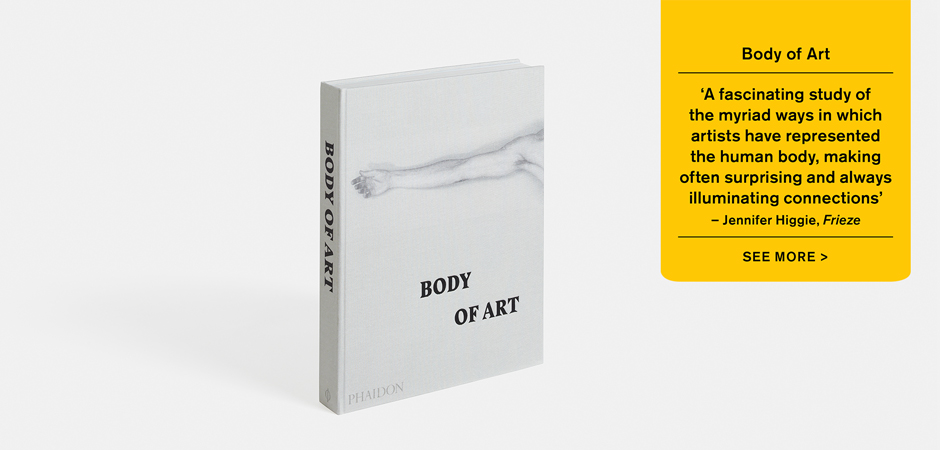
Jean-Léon Gérôme's Body of Art - 'Passion and skill'
A spectacle of exoticism and mythology at the moment of metamorphosis created at the end of a glittering career
In a few days’ time Phaidon and Artspace will begin bringing you a series of interviews with artists, curators, academics, institute directors and other prominent figures, all on and around the subject of our brilliant new book Body of Art. This title is the first to celebrate the beautiful and provocative ways artists have represented, scrutinised and utilised the body over the centuries. You can read an introduction to the book here to gain some insight into the themes they will be focusing on. As you know, this week we're posting a story a day to whet your appetite for the main course. We wind up our week of canapés with a painting that's long occupied a soft spot in our heart.
Near the end of his glittering career, Jean-Léon Gérôme tackled the story of Pygmalion in both paint and sculpture. The tale comes from Ovid’s Metamorphoses, in which a sculptor crafts a statue, Galatea, more beautiful and perfect than any living woman, and promptly falls in love with his own creation. At the festival of Aphrodite, Pygmalion pleads to have his beloved brought to life, and the goddess grants him his wish. In a meticulously realized studio setting, Pygmalion passionately embraces Galatea, and she in turn bends to meet his ardent kiss.

Cupid, his arrow trained at the amorous couple, hovers at the right-hand side of the picture, his whitish glow echoing the pristine tonalities of Galatea. The lower half of her legs remain marble, painted en grisaille to mimic stone, while the blush of life and passion spreads across the fgure’s thighs, buttocks and bent torso, demonstrating that this is the very moment of the metamorphosis. This was a conceit that had been used by other painters treating the theme, but Gérôme’s skills were particularly well-suited to it, as his artistic prowess lay not only in his technical ability, but also in making viewers feel as though they were witnessing a spectacle of history, exoticism or mythology conjured before their eyes.
That concludes our week of tasters from Body of Art. Check back on Monday to hear what the Tate's Flavia Frigeri, curator of The World Goes Pop at Tate Modern and the curator of the Tate's legenday Matisse Cut-Outs show (the biggest in the museum's history) has to say about Matisse's Blue Nude featured in Body of Art. You can learn more about Body of Art here, and pre-order your copy here.